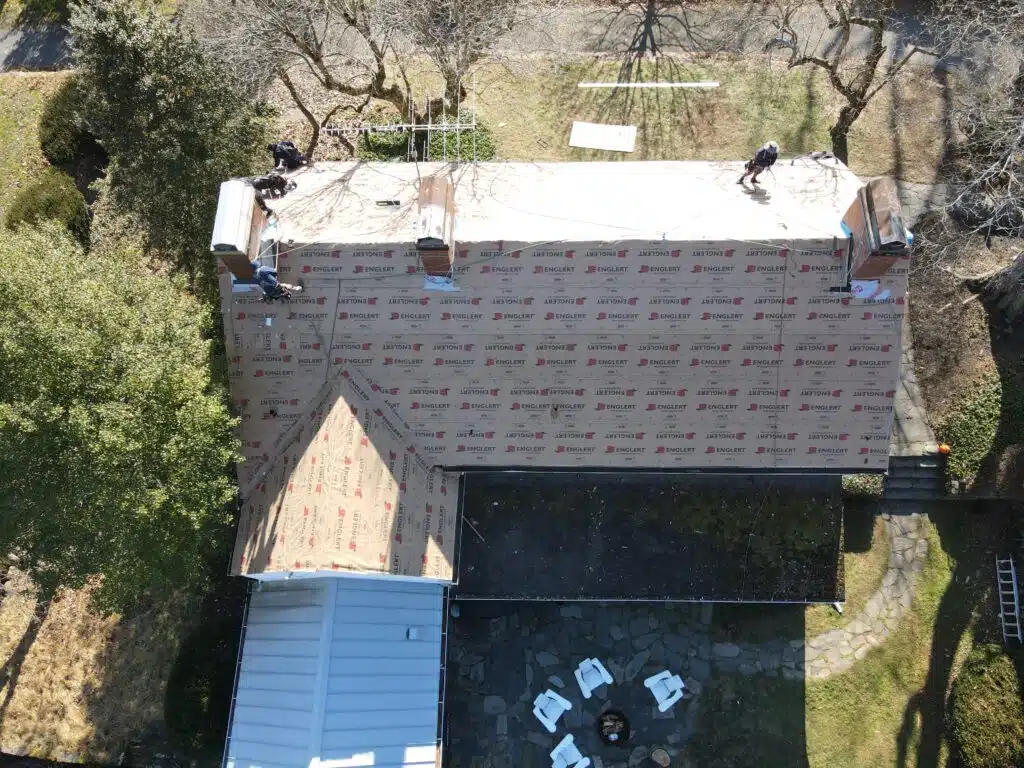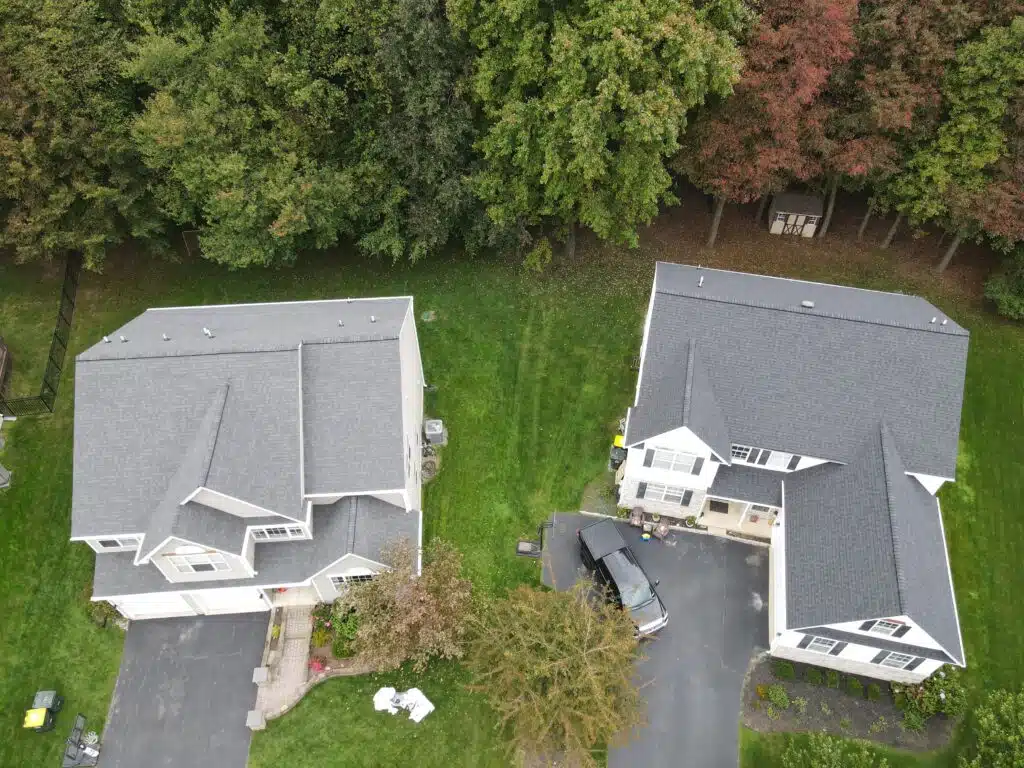Your roof is constantly exposed to the elements, and prolonged sun exposure can cause significant damage over time. Identifying and repairing sun damage promptly is essential to maintain the integrity and longevity of your roof. Here’s how you can recognize signs of sun damage and take appropriate steps to repair it.
Identifying Sun Damage
Sun damage can manifest in various ways depending on the roofing material. For asphalt shingles, look for signs such as curling, cracking, and granule loss. The intense UV rays can cause the asphalt to dry out, making shingles brittle and more susceptible to damage. Granule loss, which looks like bald spots on the shingles, is another common indicator of sun damage.
On metal roofs, sun damage can cause the paint to fade, peel, or blister. While metal is generally more resistant to UV damage, the protective coating can deteriorate over time, leading to cosmetic and structural issues. Wooden shingles and shakes might show signs of warping, cracking, or splitting due to prolonged exposure to the sun’s heat.
Tile roofs, although durable, can also suffer from sun damage. Look for signs of fading, as well as cracks or chips that may develop due to thermal expansion and contraction. Synthetic roofing materials can also degrade under intense sunlight, showing signs of fading, brittleness, or surface cracks.

Repairing Sun Damage
Once you’ve identified sun damage, it’s crucial to address it promptly to prevent further deterioration. For asphalt shingles, replacing damaged shingles is often the best solution. Carefully remove the damaged shingle and install a new one, ensuring it’s securely fastened and properly aligned.
For metal roofs, repairing sun damage typically involves re-coating or repainting the affected areas. Clean the surface thoroughly to remove any dirt, rust, or peeling paint, then apply a high-quality metal roof coating or paint. This will restore the protective layer and improve the roof’s appearance.
Wooden shingles and shakes may require more intensive repairs. Replace any severely damaged pieces and treat the remaining wood with a UV-resistant sealant to protect against future sun damage. Regular maintenance, such as cleaning and resealing, can help prolong the life of wooden roofing materials.
Tile roofs often require individual tile replacement. Carefully remove the damaged tile and replace it with a new one, ensuring it matches the existing tiles in style and color. Synthetic roofing materials may need spot repairs or replacement of damaged sections. Follow the manufacturer’s recommendations for repairing or replacing synthetic materials to maintain the roof’s integrity.

Preventing Future Sun Damage
Preventing sun damage is an ongoing process. Regular roof inspections, especially after extreme weather conditions, can help you catch signs of damage early. Applying protective coatings or sealants to your roof can provide an additional layer of defense against UV rays. Additionally, ensuring your attic is well-ventilated can reduce heat buildup and minimize the effects of sun damage on your roof.
Identifying and repairing sun damage on your roof is essential for maintaining its longevity and protecting your home. By recognizing the signs of damage and taking appropriate repair measures, you can ensure your roof remains in good condition. Regular maintenance and preventative measures will also help protect your roof from future sun damage.
For professional roof repairs, trust Storm Tech Roofers. Serving various locations in Pennsylvania, including West Chester, Devon, and Paoli, they offer expert roofing services to keep your home safe and secure. Contact Storm Tech Roofers today to schedule an inspection and protect your roof from the damaging effects of the sun.
